Guest Stars
When Things Were Rotten has many great guest stars.
Jimmy Martinez turns up in five episodes as Sylvester, the most memorable of the various oppressed peasants.
The second episode “The French Dis-Connection” features Sid Caesar as the French ambassador. Mel Brooks used to be a writer on that comedy legend’s shows. In his autobiography, Brooks remarks the episode with Caesar was “the best one we did”.
The fourth episode “Those Wedding Bell Blues” has Dudley Moore as Sheik Achmed. In the same episode, Robin, Marian and the others find themselves on a wizard’s couch discussing their psychological problems. The wizard is played by Steve Landesberg. And the sixth episode “The Ultimate Weapon” stars impressionist (and later star of Bizarre) John Byner as the mad German scientist Dr. Otto Bahn.
There’s no credit for who appears as the barely glimpsed King Richard in the “The Spy” (the 11th and 12th episodes, aired together), but whoever provided the voice did a wonderful Winston Churchill impression, a splendidly modern wink at the “good King Richard” tradition.
And then, in the 13th and final episode “This Lance for Hire”, the Sheriff of Nottingham hires the Black Knight to dispose of Robin Hood in a slight parody of High Noon. In Sir Walter Scott’s novel Ivanhoe, the Black Knight is King Richard in disguise. In the 1952 movie adaptation, the Black Knight is Sir Wilfred of Ivanhoe himself. But in this episode’s final minutes, the Black Knight reveals himself to the Merry Men as Lester of Chichester played by Ron Glass, best known at the time for his role as Detective (later Sergeant) Harris on the sitcom Barney Miller. As he leaves, the show winks at the fact that the Black Knight is played by a Black man.


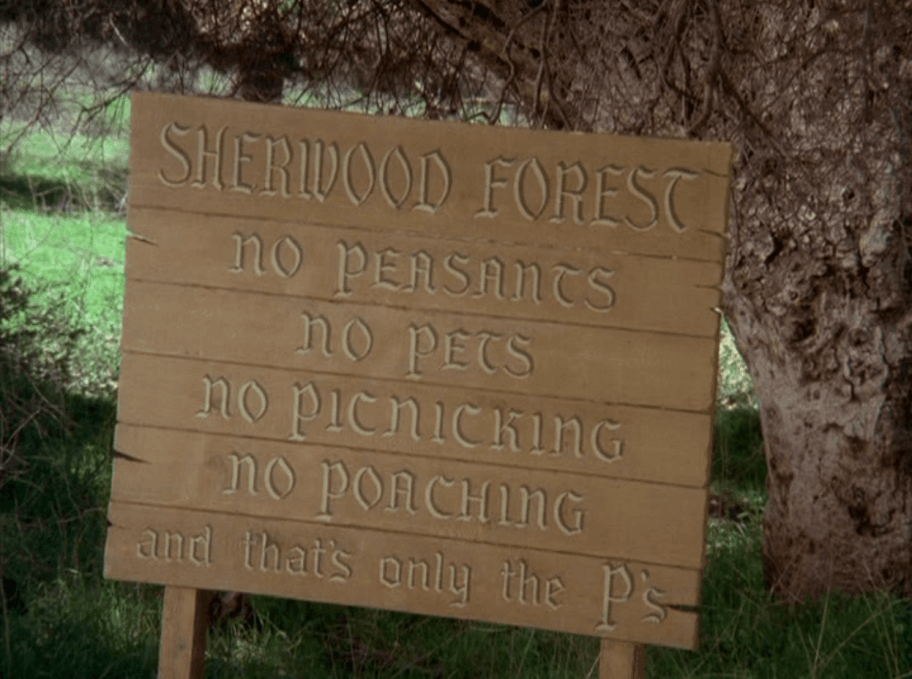
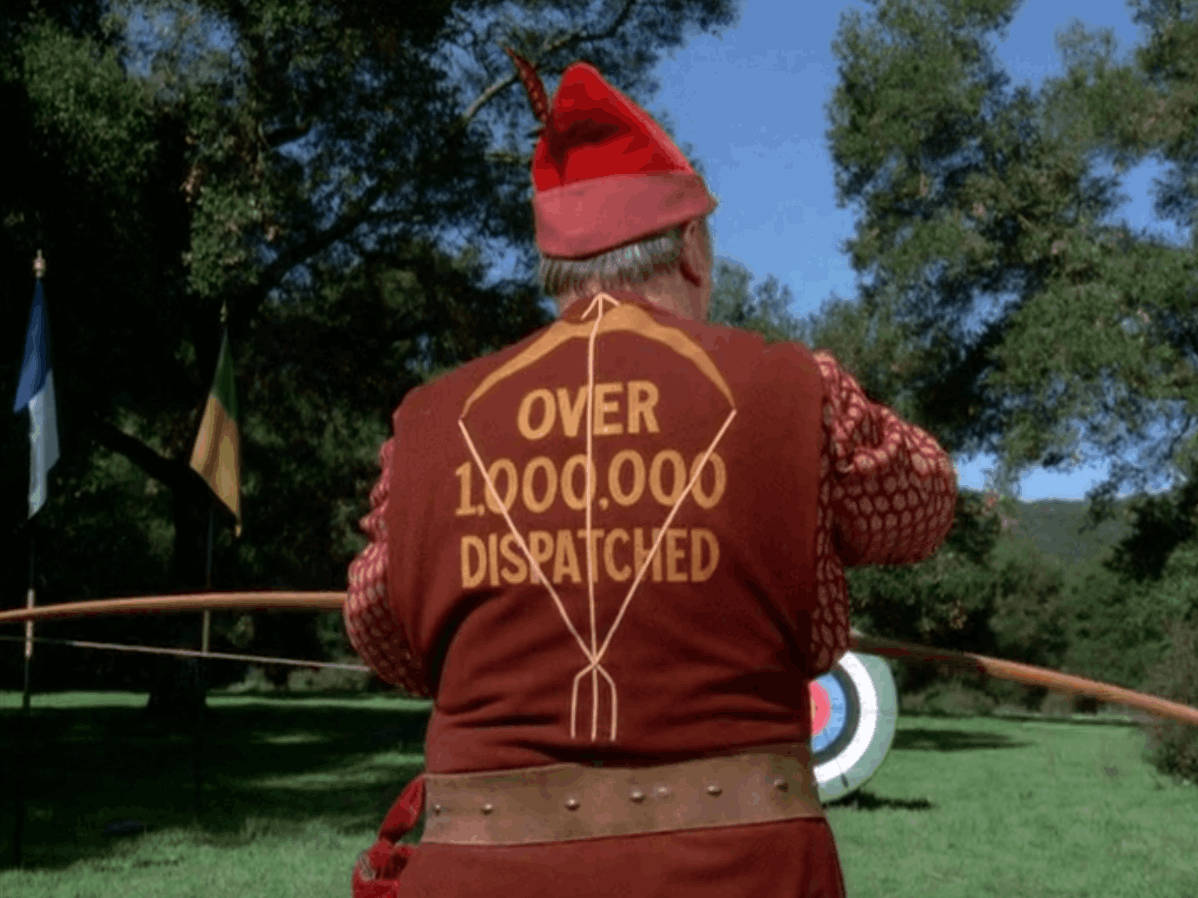
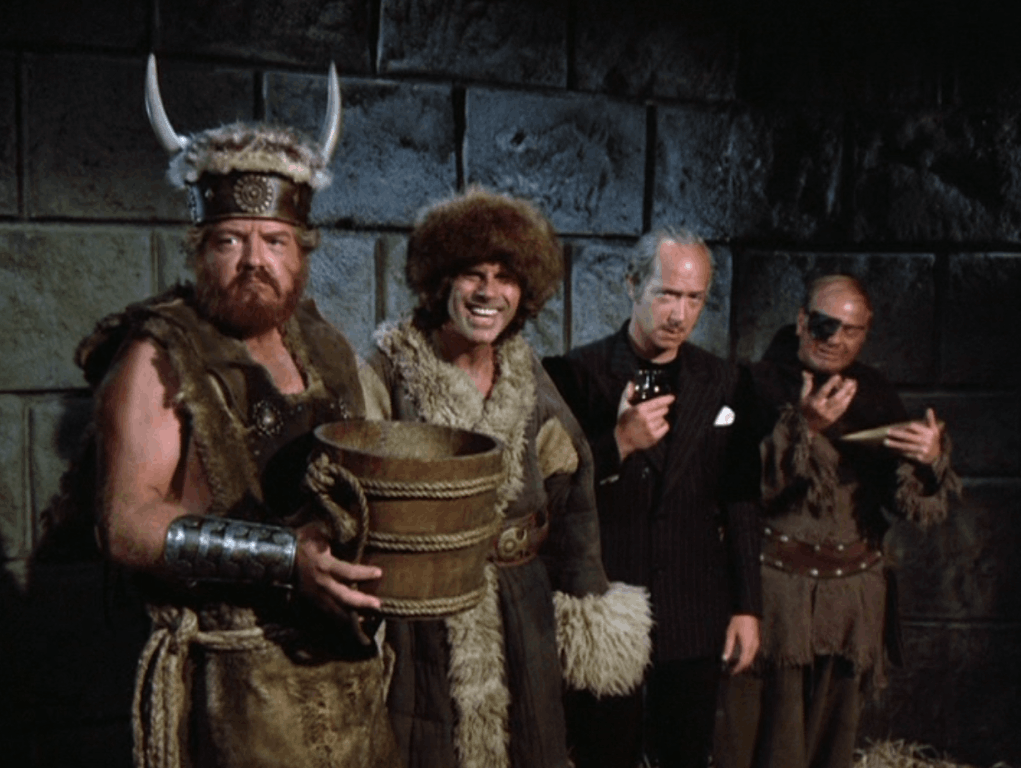
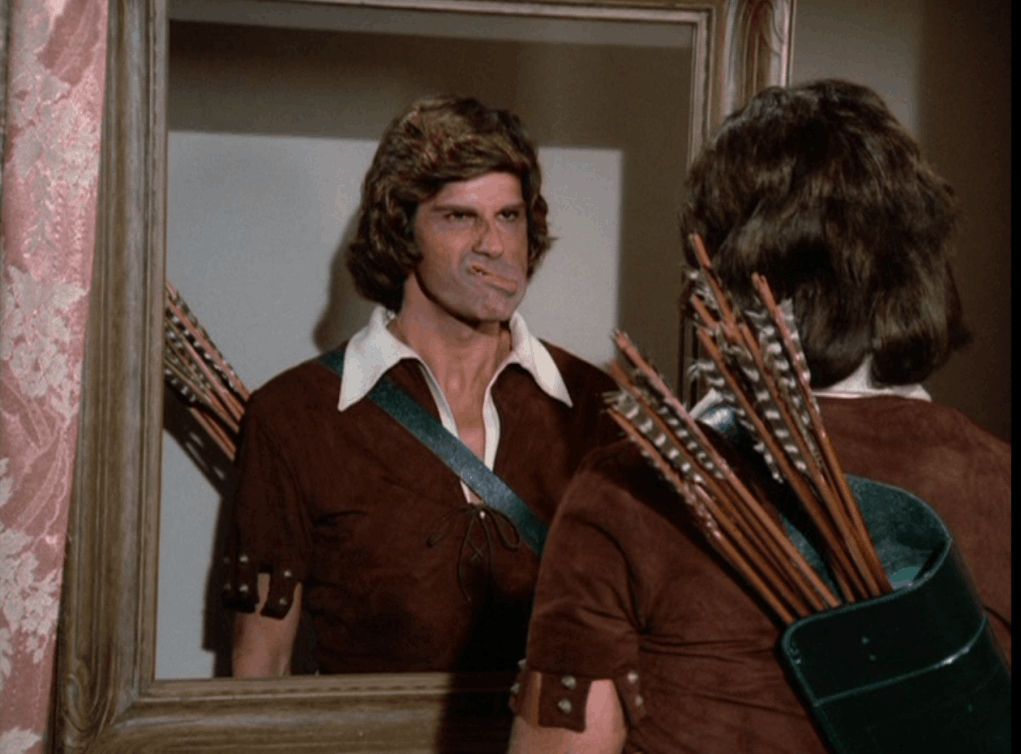
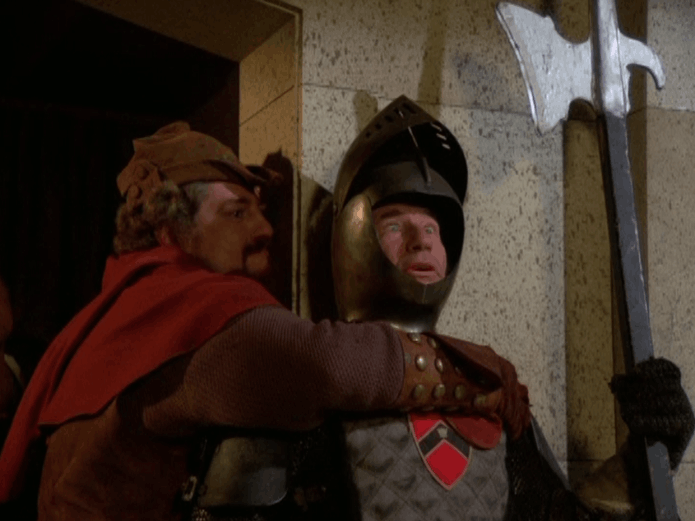
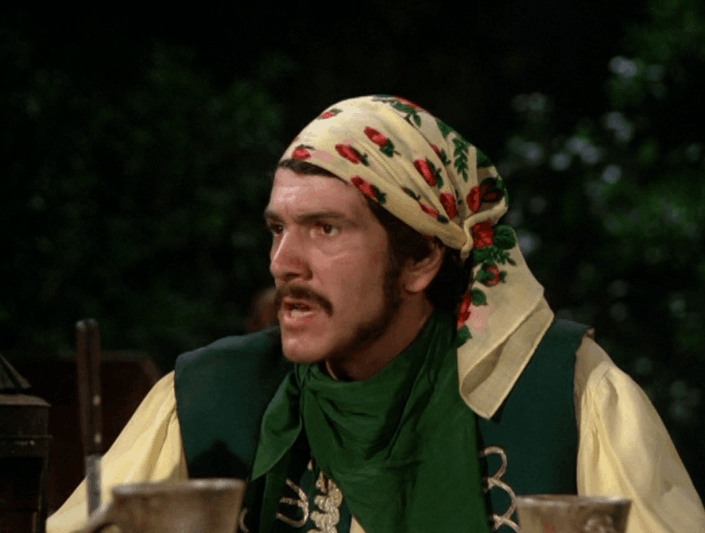
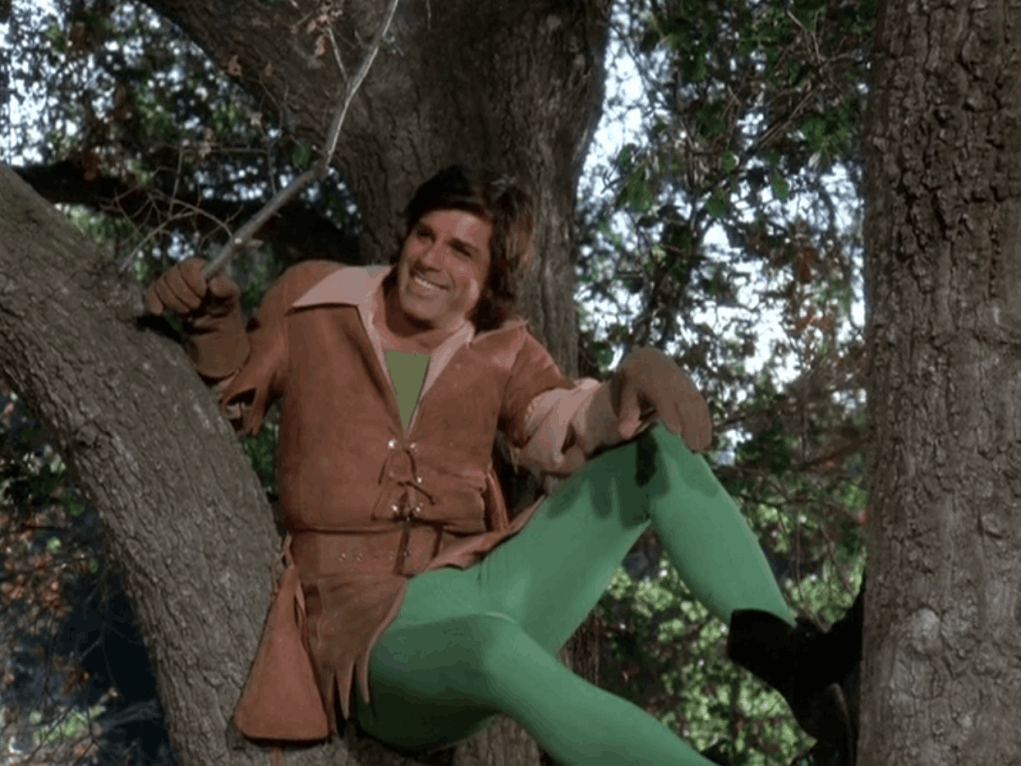
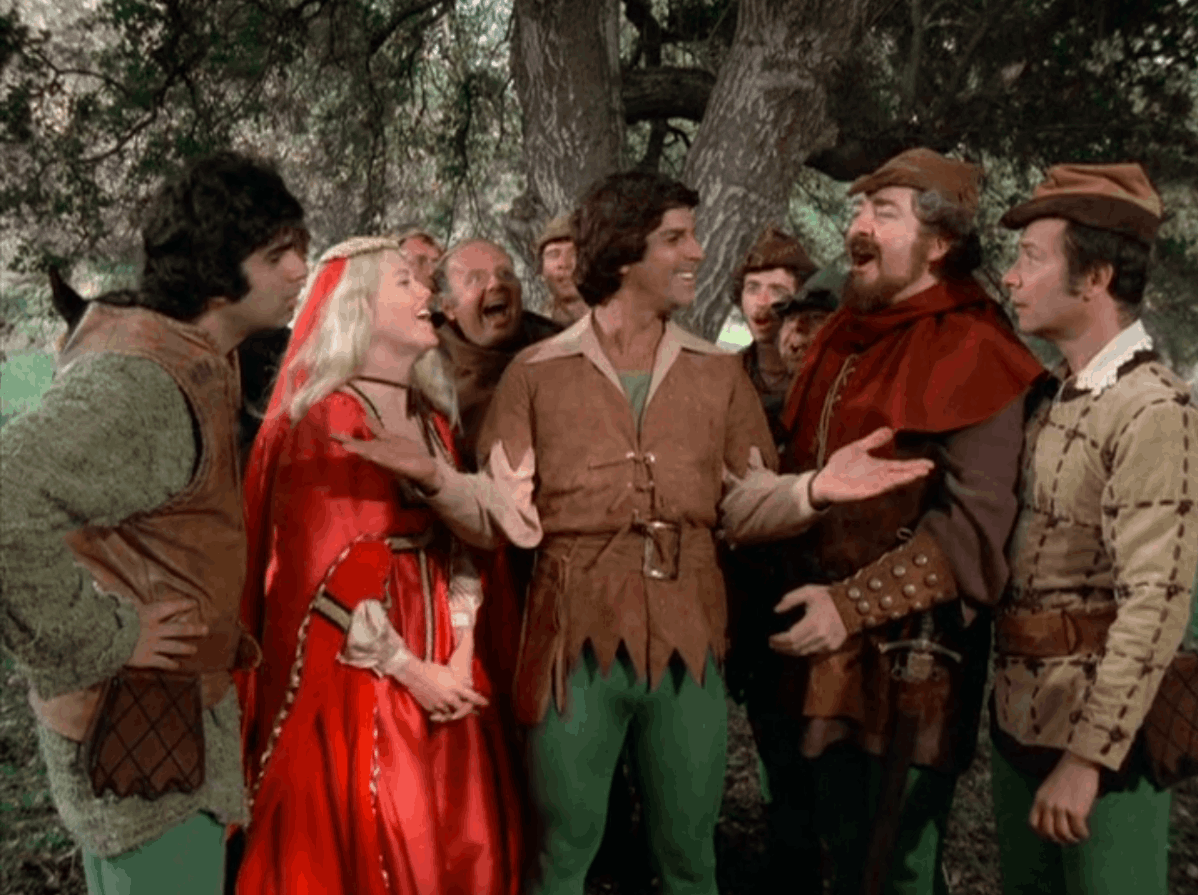
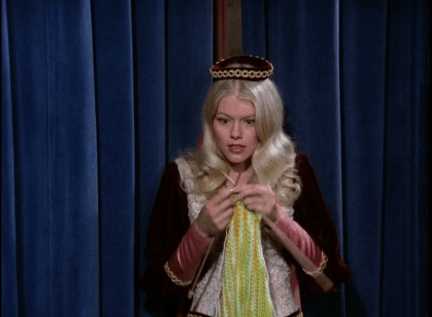
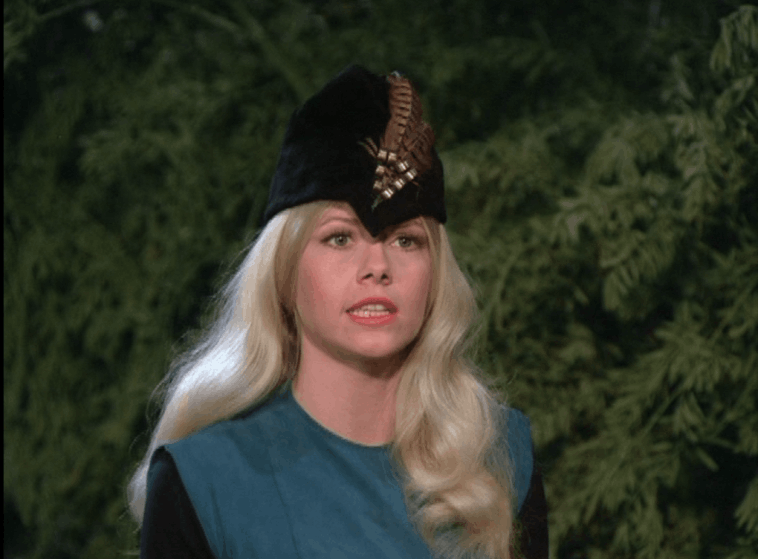
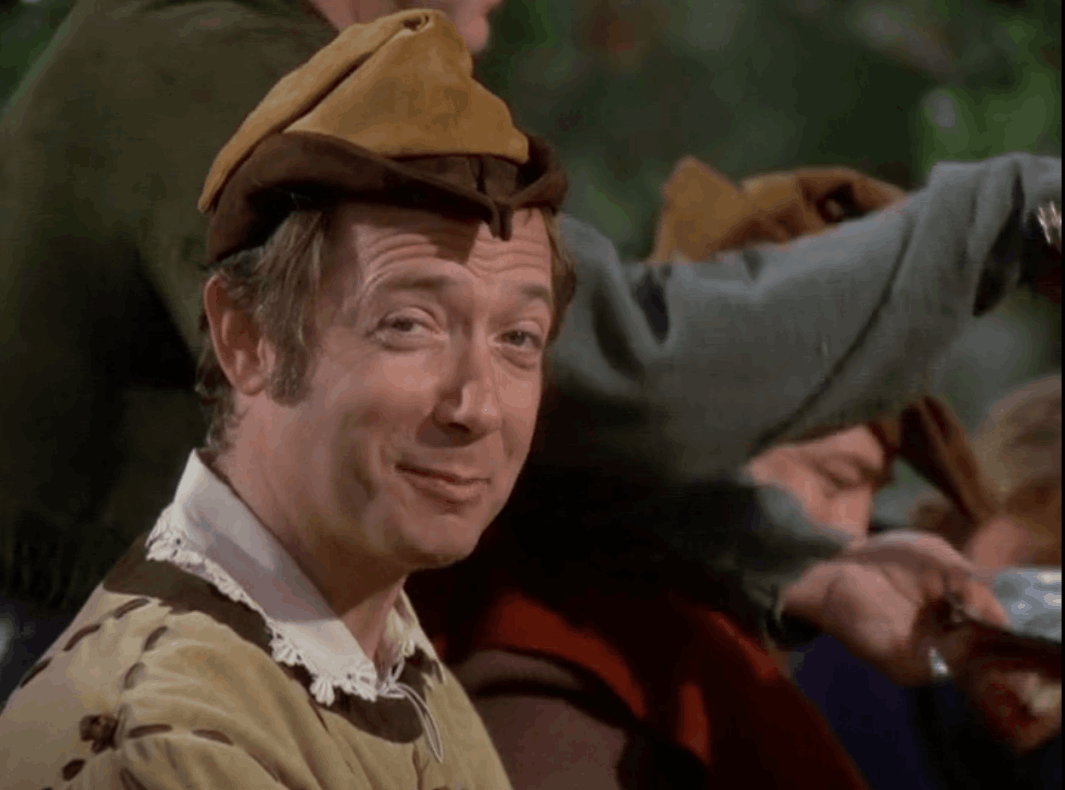
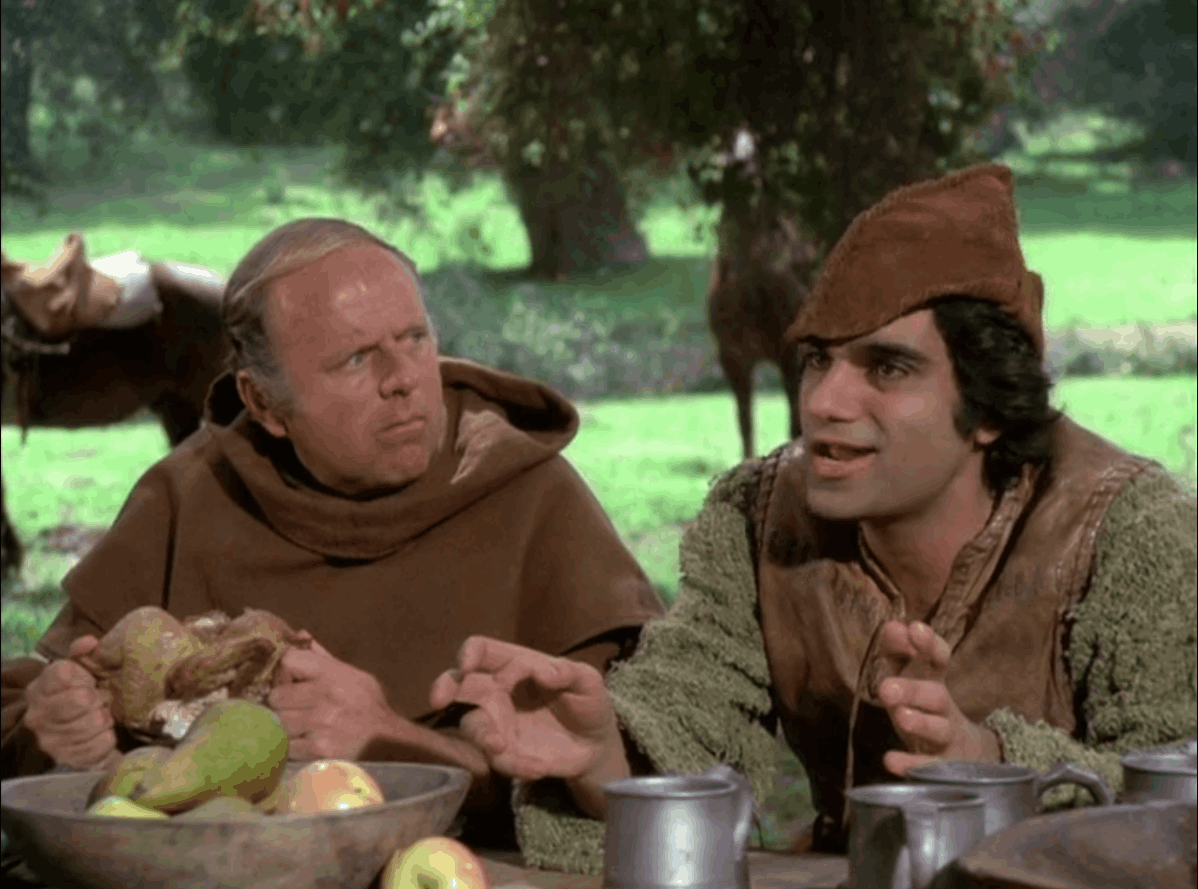
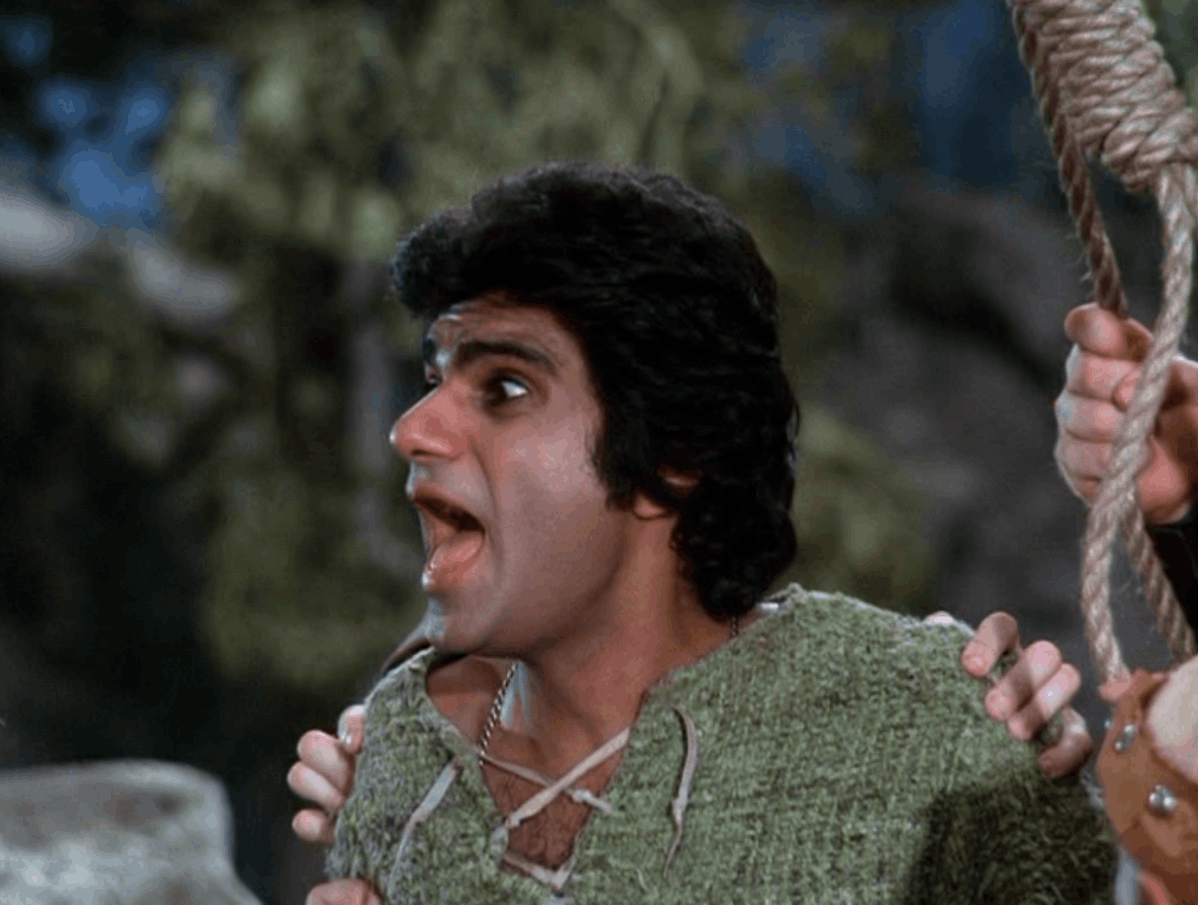
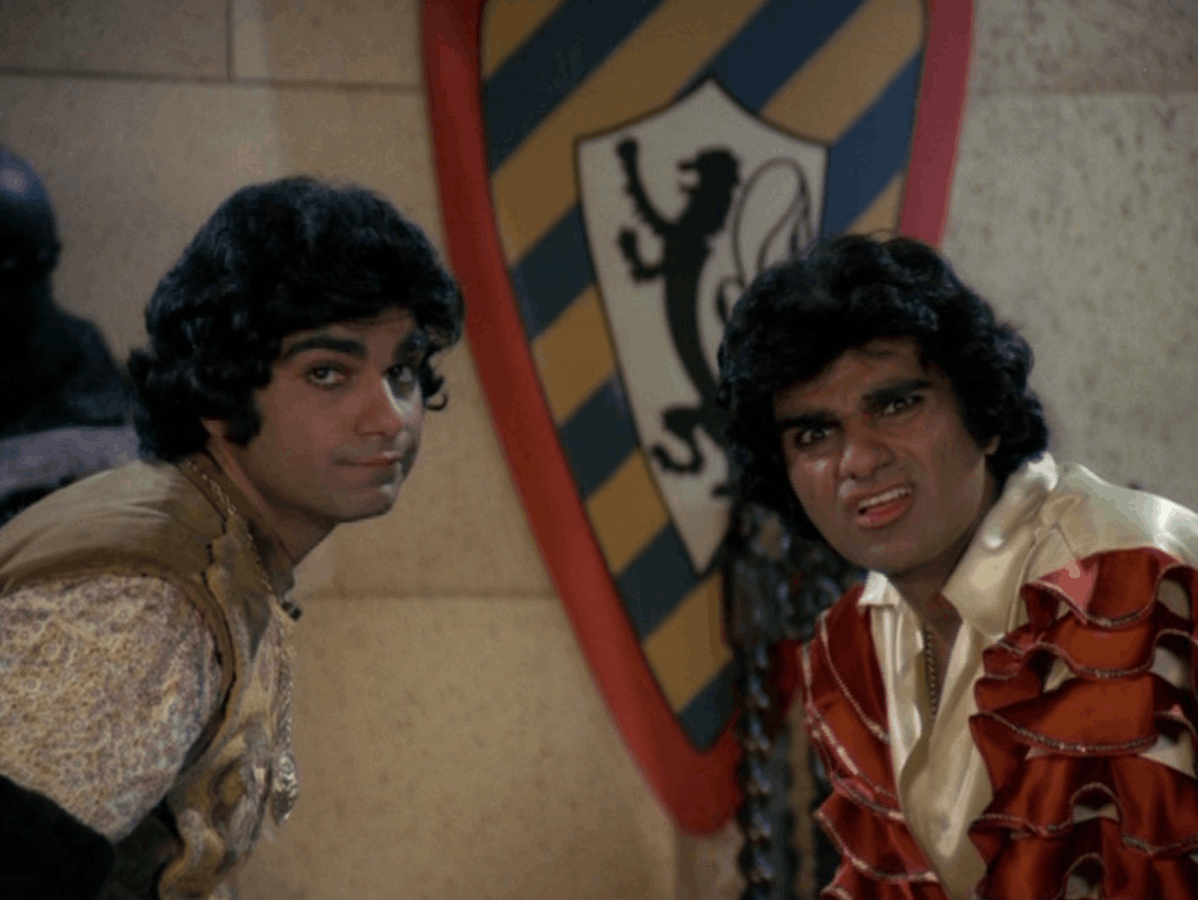
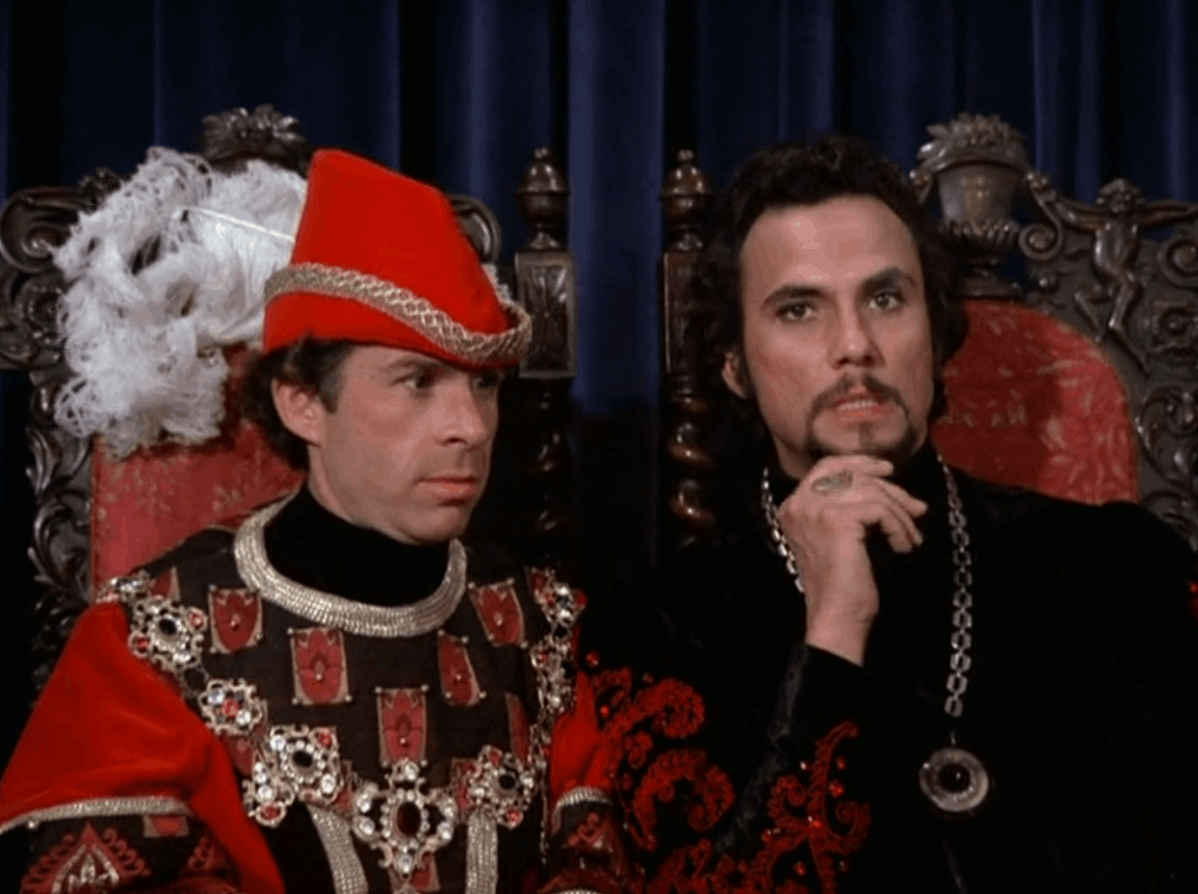


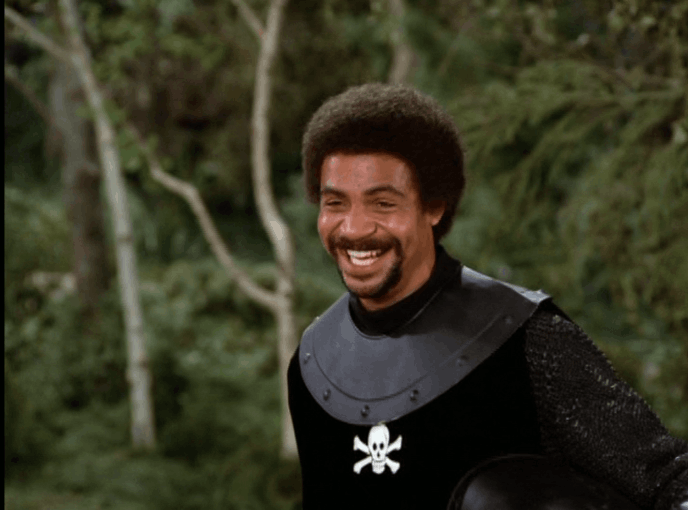
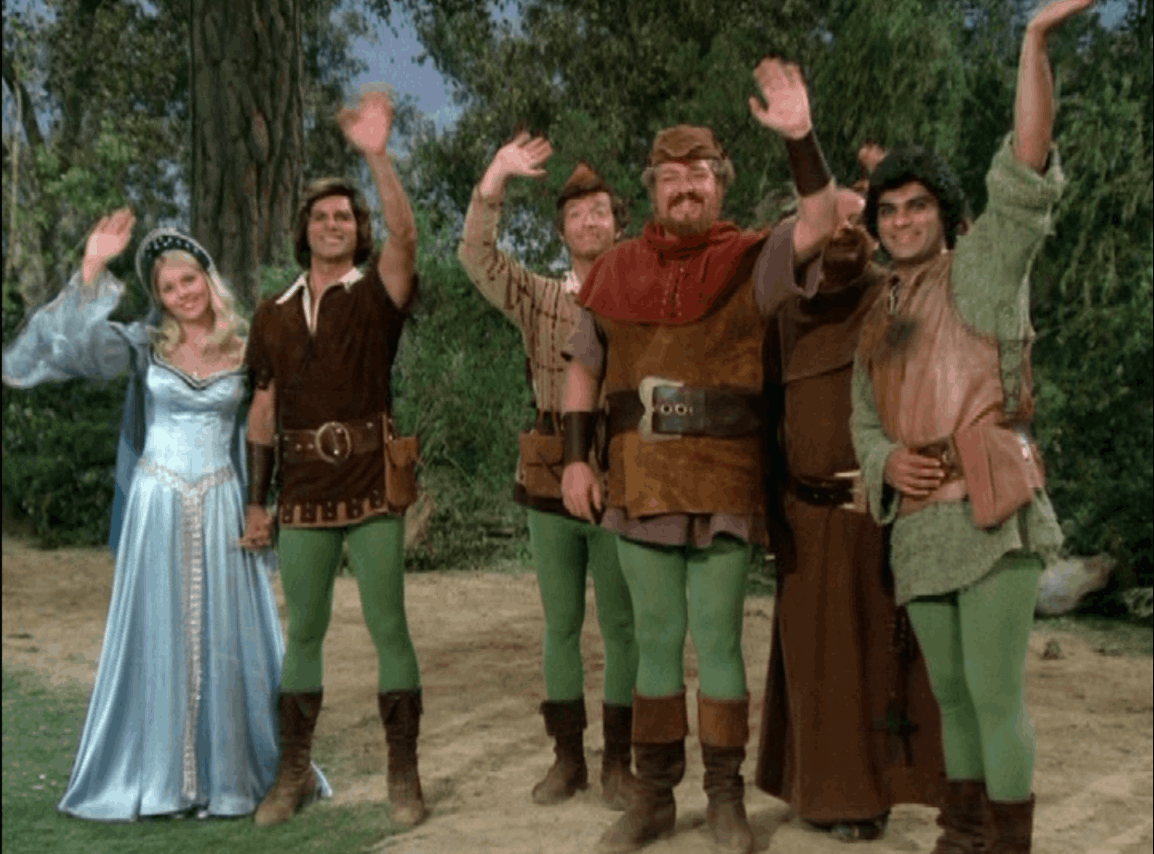
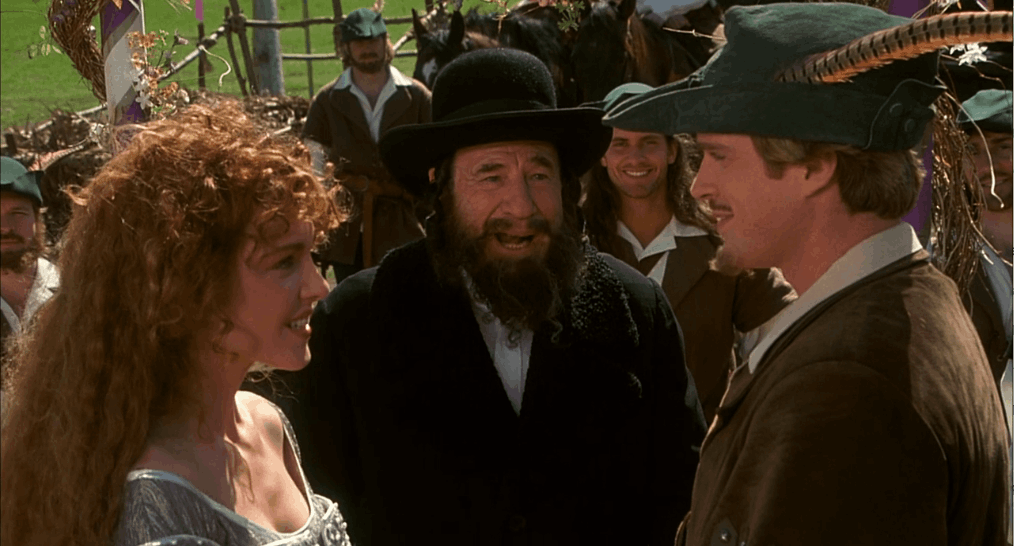
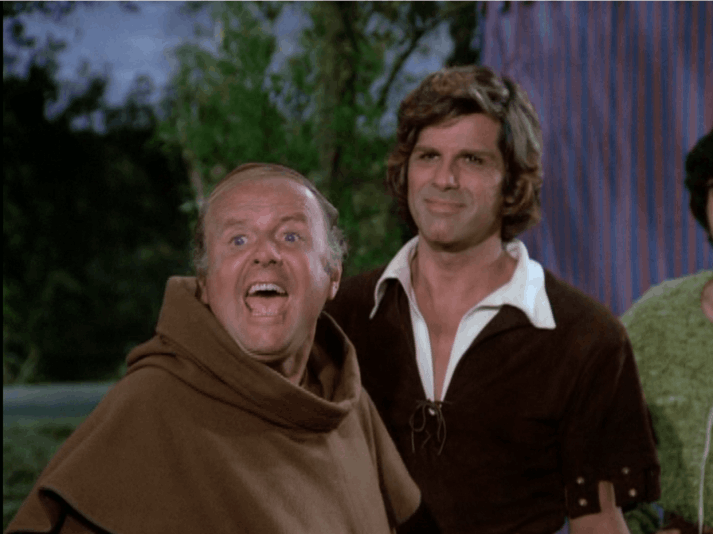
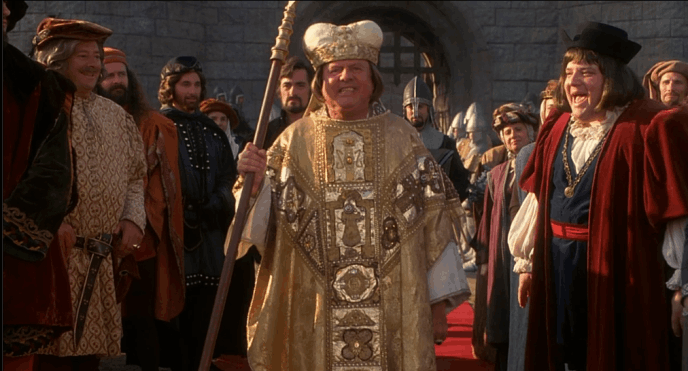

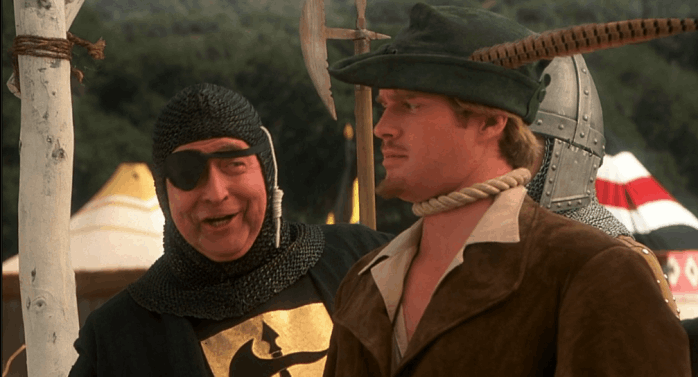
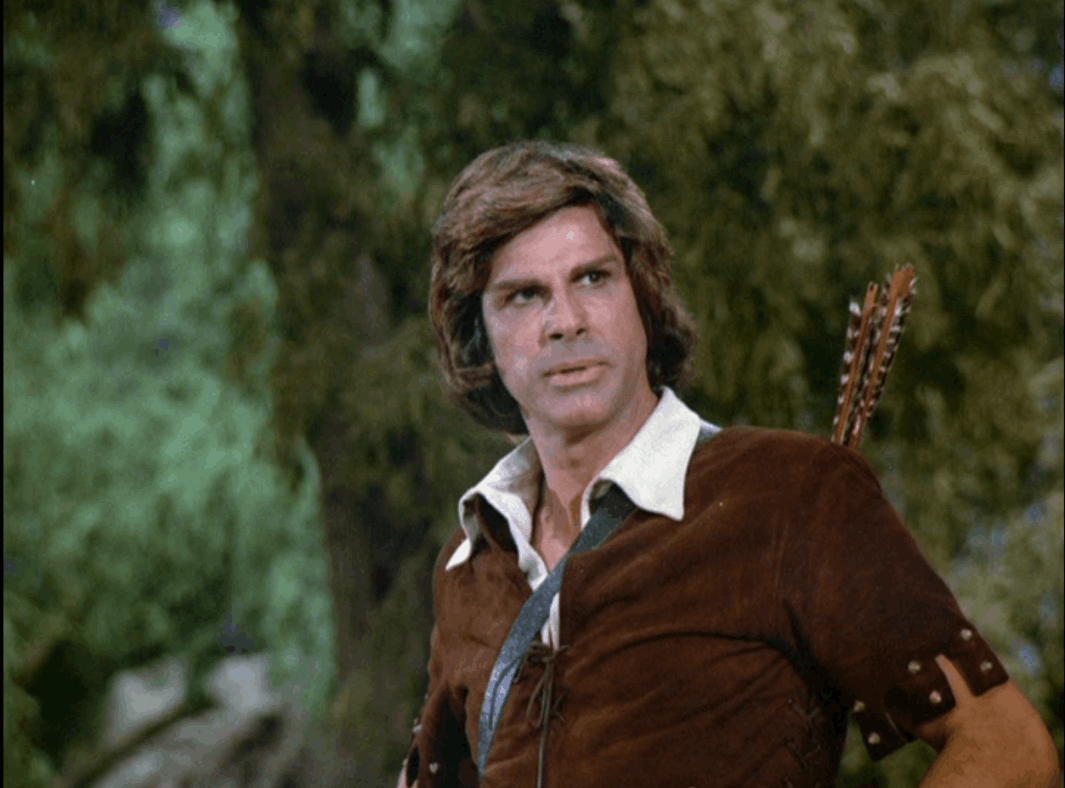
Contact Us